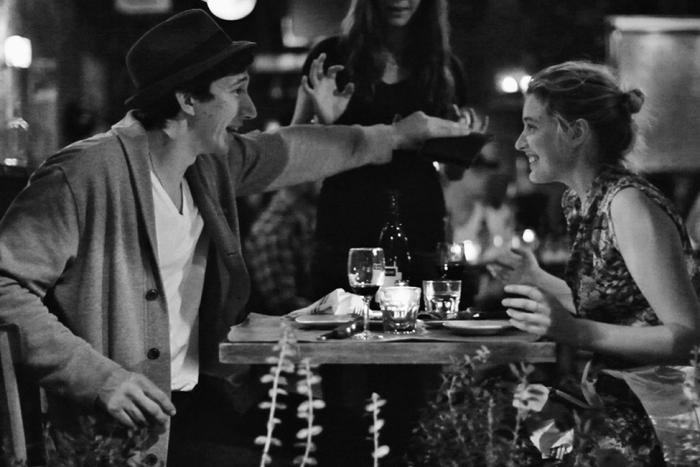I know everyone thinks their dog is the greatest, but you’re all wrong because ours was. When I was growing up we had a yellow Labrador named Sir Lancelot, but he went by Lance because he wasn’t all up in your face about his knighthood. He was a sweet boy, and if you took him swimming in the river you could hold on to his shoulders and he would tow you. When he had to be put down at the age of 15, the vet who came to our house to give him the injection cried.
We think about our dogs a lot, but is it mutual? A new study in the journal Animal Cognition asks whether dogs can see things from our perspective. Apparently, they don’t focus so much on what we’re seeing as on what we’re hearing.
Since humans are outnumbered by animals on this planet by about a gajillion to one, it behooves us to try to figure out what’s going on in their minds. One of the questions scientists ask is whether animals are aware of what other animals are thinking—is the I-know-you-know loop that enables so much of human activity—like playing murder mystery boardgames and otherwise behaving deceptively—active in other animals?
To test whether dogs are able to consider what a human can know at any given time, a team of researchers from the Max Planck Institute for Evolutionary Anthropology in Leipzig, headed by Juliane Bräuer, conducted an experiment in which a dog needs to figure out how to sneakily take food without a human knowing. Actually, they conducted two experiments, using a total of 141 dogs, among them 15 Golden Retrievers, 6 Malinois, 20 Labradors, 2 Cocker Spaniels, 6 Border Collies, a Rhodesian Ridgeback, a Schapendoe, 4 Magyar Vizslas, a DogoCanario, and a Rottweiler. Here’s how the experiments worked:
Experiment 1: The testing took place in what is awesomely referred to as the Max Planck Institute’s “dog-bungalow.” A dog was let into a room that had a partition in the middle, with a human on the other side. In the middle was a wooden contraption with two tunnels leading into it: one with clear sides and one with opaque sides. The human would place a dish of food inside the contraption, where the two tunnels met. The human would point to the food and sternly tell the dog “Aus!” or “Nein!” which would certainly scare the hell out of me. There were two relevant conditions to this experiment: in the first, the human would go sit down on the other side of the partition, but where the dog could see him or her. In the second, the human left the room.
Experiment 2: Same deal as the first experiment, but in this version, instead of the tunnels allowing for different visibility (one clear, one opaque), the tunnels were auditorily different: one had a mat inside that was crinkly and made a lot of noise when a dog stepped on it, and the other had a mat that was smooth and made no noise. In this experiment there was a third condition, in which the person stayed in the room (and was visible to the dog) but closed their eyes and lowered their chin, as if they were sleeping.
The idea was to see whether dogs would know to use the opaque tunnel to the forbidden food so that the person couldn’t see, and likewise, the quiet tunnel so the person couldn’t hear.
The researchers found that in the first experiment, the dogs showed no preference for the opaque tunnel whether the human was in the room or not. This suggests that dogs don’t have a sophisticated understanding of what humans can see. They seem instead to be employing what’s called the egocentric strategy—”When I see the other, then the other sees me.” As the study explains, the task with the tunnels is pretty cognitively demanding, even for Lassie:
At the beginning of the trial, dogs have to assess what the human can and cannot see—in particular that the human cannot see into the opaque part of the tunnel. They also have to understand that this is the tunnel they are going to put their paw inside, although from the side of the apparatus, they can only see the entrance hole of the tunnel. Finally, they have to remember not only that the food is forbidden but also that the human is still there.
In the second experiment, however, dogs did show a preference for the quiet mat over the noisy mat when a human was in the room. In their conclusion, Bräuer et al. offered two possible explanations. It could be that hearing is more important for dogs than vision, so they are more attuned to what others can hear than what others can see. Or, it may be that when the dog steps on the mat, the dog can hear the noise it’s making, so it’s easier to infer that humans can hear it too: “When I hear the noise, then the other hears it.”
Valiant Sir Lancelot would probably have been as transparent a thief on this task as the other dogs. I’m sort of glad dogs aren’t better at stealing, since it’s just one more reason to like them better than people.
Studies Show runs every Thursday.






